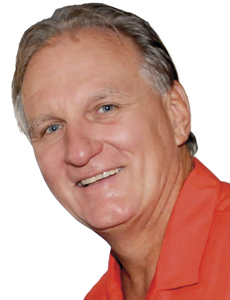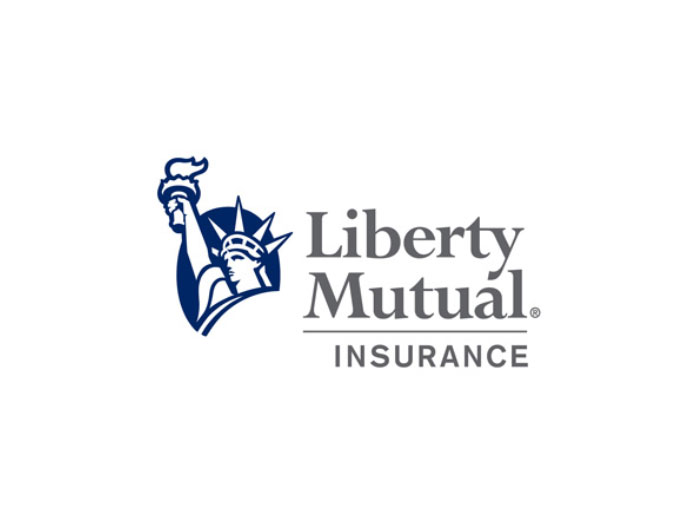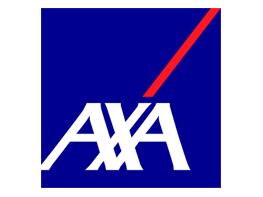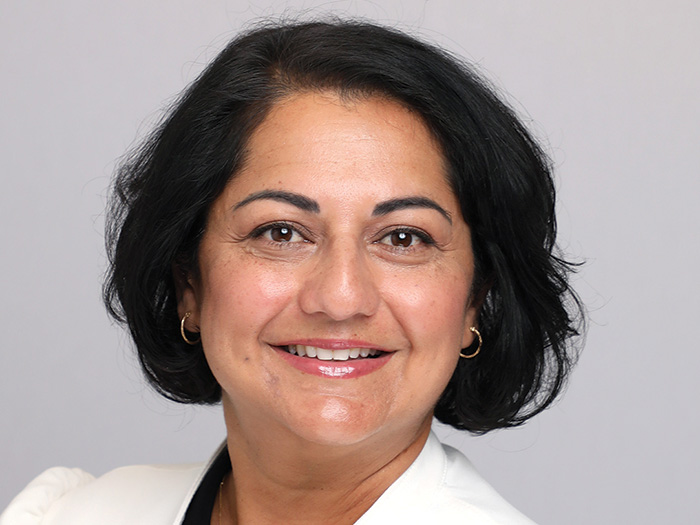Risk Management
The Profession
Staff accountant with Panasonic in New Jersey.
R&I: How did you come to work in risk management?
I was working on special projects for Hearst, transferring accounting functions from paper spreadsheets and forms to computerized versions. I spent the next three years in night 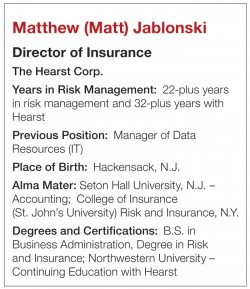 school obtaining my degree in risk and insurance from the College of Insurance, which is now part of St. John’s University. [At the same time] our company determined they would open a financial service center in Charlotte, N.C. The former director took that opportunity to retire, and I was appointed the new director of insurance.
school obtaining my degree in risk and insurance from the College of Insurance, which is now part of St. John’s University. [At the same time] our company determined they would open a financial service center in Charlotte, N.C. The former director took that opportunity to retire, and I was appointed the new director of insurance.
R&I: What could the risk management community be doing a better job of?
The community as a whole can better educate companies of all sizes on the importance of risk management to their bottom lines, cash flow and balance sheets. The risk management community should do a better job helping risk managers in growing their departments to become more proficient. This would also open up the job market for those students now going through risk management programs in colleges and universities.
R&I: Who is your mentor and why?
Though my dad passed away in 2001, he was and continues to be my mentor. The values he taught me continue to guide me. He lived the American dream with the American spirit. He served his country in the U.S. Navy. He was a blue-collar worker who worked hard, saved his money, bought a house, sent two kids through college, and taught me “I can do anything I put my mind to.” He taught me to face challenges head-on, be respectful to everyone, and that a smile, “hello” and “thank you” doesn’t cost you anything but goes a long way.
R&I: What’s been the biggest change in the risk management and insurance industry since you’ve been in it?
Probably the level of detail that is required in the underwriting process. In 1992, when I started in risk management, it was not unusual to have applications waived or to use short renewal forms. I could bind coverage by phone and a handshake. The industry has done a 180-degree shift.
R&I: What insurance carrier do you have the highest opinion of?
I have been blessed with having great relationships in the industry, but if I had to pick one company it would have to be Travelers. In 1998, we marketed our casualty risk and began a relationship with Travelers. From the first meeting to the present date, I would say that they have always been extremely easy to work with, very professional and always willing to seek solutions rather than simply dwell on problems. Their RMIS system is outstanding, but the best attribute of Travelers is the quality of the people.
R&I: Is the contingent commission controversy overblown?
Absolutely. When this issue hit the headlines, I had already worked with our broker, Marsh, to disclose and summarize their compensation. At the time, we had a portfolio of insurance the pricing of which was trending downwards. I am certain that if contingent commissions were not in play, the broker compensation would simply have shifted pricing upwards. When politicians who don’t understand insurance try to make their mark, it doesn’t serve to benefit anyone except their political careers. Look at this from the total cost of risk perspective. Contingent commissions play a useful role in the industry.
R&I: What have you accomplished that you are proudest of?
I am most proud of being able to balance a very exciting and fulfilling career with a solid family life. It is becoming extremely difficult for families to maintain careers and their quality of life and to truly spend quality time with their children and grandchildren. I feel it is a great achievement to have found ways to address business matters but to make and spend time with family.
R&I: What about this work do you find the most fulfilling or rewarding?
I have been very fortunate to have known and worked with some outstanding people. I have worked on projects with Randolph Hearst. I met and became friendly with Patty Hearst through Bernie Shaw, her [late] husband and Hearst’s chief of security. I have met captains of industry, as well as engineers, doctors, accountants, and various people that not only knew their professions well, but were genuinely interesting and friendly folks. I think that my involvement in risk management has allowed me to really see the world through the eyes of its people in all walks of life and it’s been very interesting.
R&I: If the world has a modern hero, who is it and why?
I would say it is all the moms and dads that spend quality time with their children including helping them to learn. Education is increasingly more important to success in life, but it begins in the home, not the school. Moms and dads who know and accept that responsibility are real heroes (ask their kids). Values and morals come from the home. School is important, but families are more important. Teach your children well.
R&I: What is the most unusual/interesting place you have ever visited?
Hearst owns property in northern California called the Wyntoon Ranch. It is 60,000 acres of pristine wilderness just south of Mount Shasta. The houses have names like the “Cinderella House,” the “Angel House” and the “Brown Bear.” The trees form a canopy over the property that appears to be 100-feet high. Our company and the Hearst family still host events there that include Hollywood celebrities as well as world leaders.
R&I: What do your friends and family think you do?
At some point in time, my three sons have all worked with me, so they have seen some risk management first hand. They also have friends who have gone through the risk management programs at App State and UNC Charlotte. I also have some friends that I have done business with, so they also have a flavor of what I do. I think everyone would agree that ultimately, whatever I do makes me happy, which is what everyone sees. I’m happy.

